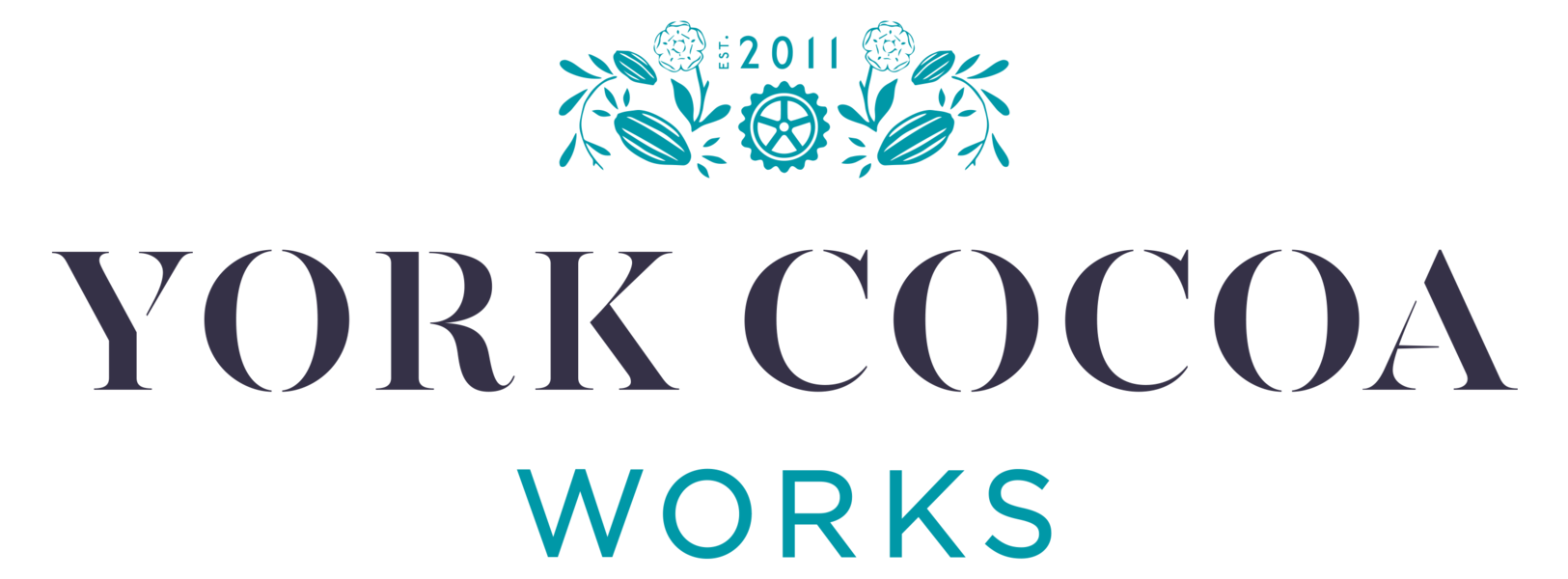The Chocolate Makers of York
Joseph Rowntree Senior came to York on his 21st birthday in 1822, determined to find a place to open up his grocery business, he attempted to buy premises on the Pavement in York, only the auctioneer was too drunk to hold the auction, they sobered him up in a horse trough of water, just enough for him to conduct the auction and gain the property.
While more unscrupulous tradesmen would put cheaper, not so nice ingredients into their products the public trusted the Quakers, they stood for honesty and could be believed to only sell quality items. Joseph’s family were born and brought up above the Pavement shop and he was joined by many apprentices that came to learn their trade, it was here that George Cadbury and Lewis Fry trained, upon Joseph’s death the family business was taken over by his elder sons, John and Joseph. Knowing there was little room for his youngest son, Joseph arranged for Henry Isaac to train with family friend’s the Tukes. Henry Isaac served his apprenticeship with the family firm, however with many of the family pre-occupied with banking and living mostly in London there was no one left to take on the business, Henry Isaac it seems made a spontaneous decision to buy the chocolate and chicory side of the business. With the rise in popularity of trusted brand names the business rapidly outgrew the little shop on the corner of Coppergate and Castlegate, Henry moved the business to new premises and created a factory at the side of the River Ouse at Tanners Moat, not far from the train station, selling his famed H I Rowntrees Prize Medal Rock Cocoa.
The Rowntree’s were deeply concerned with the impact of alcohol, like many other Quakers, they felt it was the cause of so many of society’s problems and was to blame for keeping so many in a state of poverty. Henry was a staunch supporter of the Temperance movement to encourage people to drink other things rather than alcohol, he would take his chocolate cart out to the factories by the railway at lunch time and encourage workers to drink cocoa rather than alcohol. Temperance houses were created to be social environments where men could gather without the temptations of alcohol. Henry Isaac by all accounts was a passionate man, he was able to inspire his workers and generated great loyalty, however he was involved in teaching at the adult school, an influential supporter of the Temperance movement and also ran a local newspaper trying to push a more liberal platform in local politics. In all he was not focused on the business and these distractions took their toll. In 1869 and on the brink of bankruptcy, Henry’s brother Joseph left the Rowntree’s grocery store in the care of his brother John and joined Henry Isaac to try and turn around the business’ fortune. Joseph’s strong head for numbers allowed the business to slowly go in the right direction. Rowntree’s however were cautious and quite conservative especially when it came to taking risks or promoting their products. The Cadbury brothers in Birmingham had gone through a similar journey, however, they risked the remainder of their family inheritance to purchase a new piece of steam powered technology from the Dutch inventor and Chocolate Maker – Van Houten. The steam powered press enabled the extraction of cocoa butter from the cocoa mass, leaving a fuller flavoured cocoa powder that could mix more effectively to make a drink without the need for grating and further processing. Cadbury began to take the competitive edge away from Frys and dominated the drinking chocolate market, they used the extracted cocoa butter to manufacture chocolate bars. Rowntree were lagging far behind in 1880’s when a French man – Claude Gaget brought to them a fabulous recipe for a fruit pastille that would take the country by storm, transform the Rowntree fortune and enable rapid expansion with the development of a new factory site at Haxby Road.
Discover more with a trip to York Castle Museum or the National Railway Museum
NEXT - 20th Century Consumerism






